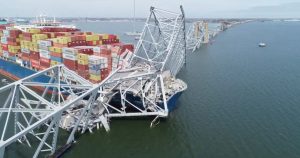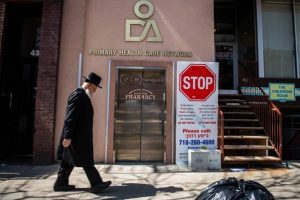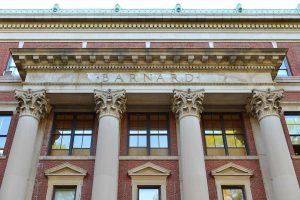Amanda Bernocco
Staff Writer
A group of LIU students worked to assemble a radio telescope, the only one of its kind on the east coast, in July with Michael Kavic, a Physics professor from LIU-Brooklyn. Kavic and the students decided to house the telescope on the LIU-Post campus. “Radio telescopes have too many signals to be near big cities,” said Michael Kavic. “We wanted to get the telescope away from New York City.”
The radio telescope, used for astrophysics research, is located on the north side of the LIU-Post campus on a hillside near the Fine Arts building. It is owned and operated by Long Island University.
LIU Brooklyn students Amanda Larracuente, graduate Biology major, Nickisha Barrett, graduate Education major, and Leandro Quezada, computer science major, received funding from NASA to work with the telescope after joining NASA’s summer research program called Impress-Ed. George Zaky, Pharmacy major, was the only student outside of the program to work on the telescope. “He was simply interested in getting involved,” Kavic said.
NASA awarded LIU with approximately $108 million, ac¬cording to Kavic. He said that this money supports the Impress-Ed program, five students per summer and four faculty mentors. Kavic is the Principle Investigator for the program and is one of the four faculty mentors supported, along with Paul Wiita, Margaret Benoit, and Nathan Magee.
“The program is designed to give future teachers of science a chance,” said Kavic. The grant given by NASA will be renewed next summer to continue funding research for next summer and could be renewed for years to come.
The students began assembling the telescope in the beginning of July. “It took a day to build it, actually. By the third day of July, it was complete,” Larracuente said.
There is a similar instrument in Socorro, New Mexico, which is much larger, according to Kavic. This long wavelength array telescope, found in Socorro, has 256 antennas. The telescope on the LIU-Post campus will only have four antennas.
By assembling this instrument from the west, a process that acts much like an assembly line was created, and they found it to speed the process. “The assembly process involves sinking a support post into the ground, attaching the antenna arms to that post and finally attaching data cables to the antenna arms. The cables carry the signal to a receiver,” said Kavic.
Nevertheless this was only one part of the telescope—assembling the receiver took Barrett almost all summer to complete. A significant part of the telescope that amplifies and detects radio signals still needs to be finished before the telescope can be used. The first observations are planned to happen this week. “We will be getting signals in very soon,” Larracuente said.
The telescope, which is radio based, can be used during the daytime and the nighttime. The radio telescope is great at detecting signals from the sun itself; this is most effective when the sun is on the horizon. However, during the evening, there is less RFI (radio frequency interference) which makes nighttime an ideal time for astronomical observations.
On campus, the students and Kavic will scan the sky for events such as solar flares and exploding black holes. They will also search for high-energy cosmic events such as supernovas, gamma ray bursts, merging neutron stars and read signals from space.
With these observations of solar flares, the scientists may have the ability to protect equipment, such as satellites and GPS systems. Through studying the signals between Jupiter and its moons, it could help the scientists discover planets in other solar systems.
The telescope will be operated by Kavic, the faculty men¬tors, and the students who helped assemble the instrument. Kavic plans to allow other students to be brought on tour as long as there is supervision near the instrument.
“It was interesting; it was not like a typical telescope that you see. You see it through a computer so it looks totally different from any other telescope that you would see. It was a great progression,” Larracuente said about working with the telescope for the first time.
“It was a wonderful experience and the students consistently exceeded my expectations,” Kavic said. “The most rewarding thing is when the student takes the project and makes it on his or her own while working creatively.”
The team plans to do observations every week. “From working with the telescope I learned that there is so much more to learn about science and space. There are so many ways to see out there—you can see stars from billions of years ago!” Larracuente said about her experience.
Kavic has been looking for more people to work closely with the radio telescope this semester. “I would love to have LIU-Post students working on this project. I reached out to some people at Post, but I was unable to make the right kind of connections,” he said. New students who wish to work with the telescope do not need a strong background in astronomy and physics. “We are always happy to have new people on board and what we want more than anything is enthusiasm,” Kavic said. He assures students that there are still a lot of exciting things to do, such as, building more antennas and making more observations. He added that new observers will be trained and supervised to ensure they know how to use the equipment properly.
“Everyone was very eager, hands on and was a great collaboration. We had such a great time that we wanted to prolong our experience and work on it some more throughout the semester,” said Larracuente.
Students interested in working with the radio telescope can contact Michael Kavic through his LIU email: kavic.michael@liu.edu.




Be First to Comment